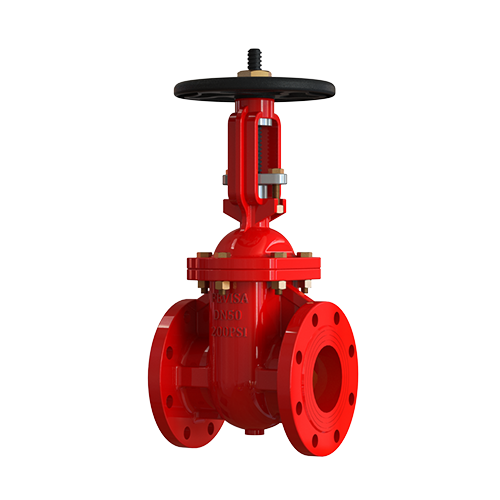Types of Fire Resistant Sealants:
- Intumescent Sealants:
- Description: Expands when exposed to heat, forming an insulating barrier.
- Features: Effective for sealing gaps around pipes, cables, and ducts.
- Silicone-Based Sealants:
- Description: Offers fire resistance along with flexibility and durability.
- Features: Ideal for areas requiring movement, such as expansion joints.
- Acrylic Sealants:
- Description: Water-based and easy to apply, expands under heat.
- Features: Suitable for sealing around doors, windows, and other penetrations.
- Epoxy Sealants:
- Description: Provides strong adhesion and fire resistance.
- Features: Used in areas requiring high structural integrity and protection.
Features of Fire Resistant Sealants:
- High Temperature Resistance: Withstands extreme heat, maintaining structural integrity during fires.
- Intumescent Properties: Expands significantly when exposed to fire, sealing gaps and preventing fire spread.
- Durability: Resistant to aging, weathering, and environmental factors.
- Adhesion: Excellent bonding properties to various substrates, including metal, wood, and concrete.
- Flexibility: Maintains performance in joints with movement and vibration.
- Non-Toxic: Safe for indoor use, does not release harmful chemicals.
Benefits of Fire Resistant Sealants:
- Enhanced Safety: Prevents the spread of fire, smoke, and gases, protecting lives and property.
- Code Compliance: Meets local and international fire safety standards and building codes.
- Versatility: Suitable for a wide range of applications in residential, commercial, and industrial settings.
- Easy Application: Can be easily applied using standard caulking guns or trowels.
- Cost-Effective: Provides a low-cost solution for enhancing fire safety in buildings.
- Long-Lasting Protection: Durable and requires minimal maintenance, ensuring long-term fire resistance.
- Aesthetic Finish: Available in various colors to match surrounding materials, maintaining the visual appeal of structures.
Applications of Fire Resistant Sealants:
- Building Joints: Sealing expansion joints, construction joints, and control joints in fire-rated walls and floors.
- Penetrations: Around pipes, cables, and ducts passing through fire-rated assemblies.
- Perimeters: Around windows, doors, and other perimeter joints in fire-rated constructions.
- Electrical and Mechanical Systems: Sealing gaps and openings around electrical conduits, HVAC ducts, and other mechanical systems.
- Interior Finishes: Sealing gaps in interior partitions and ceilings to enhance fire containment.








